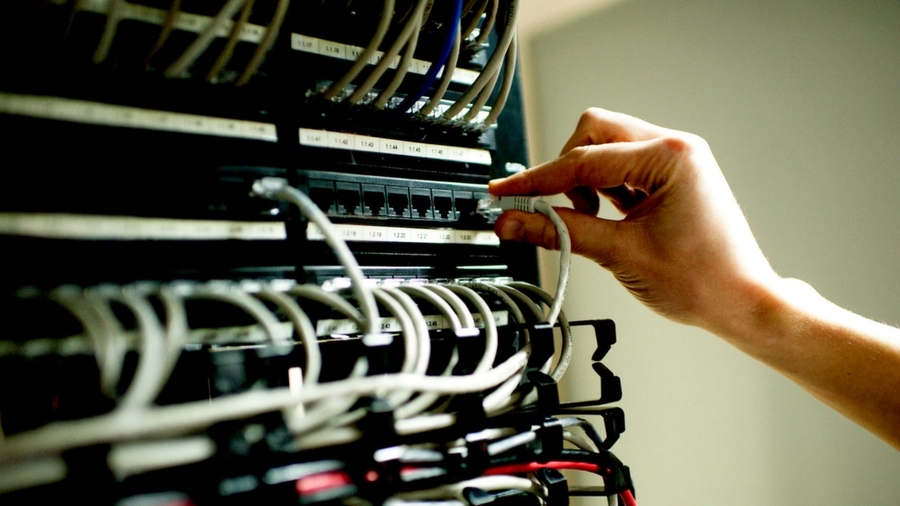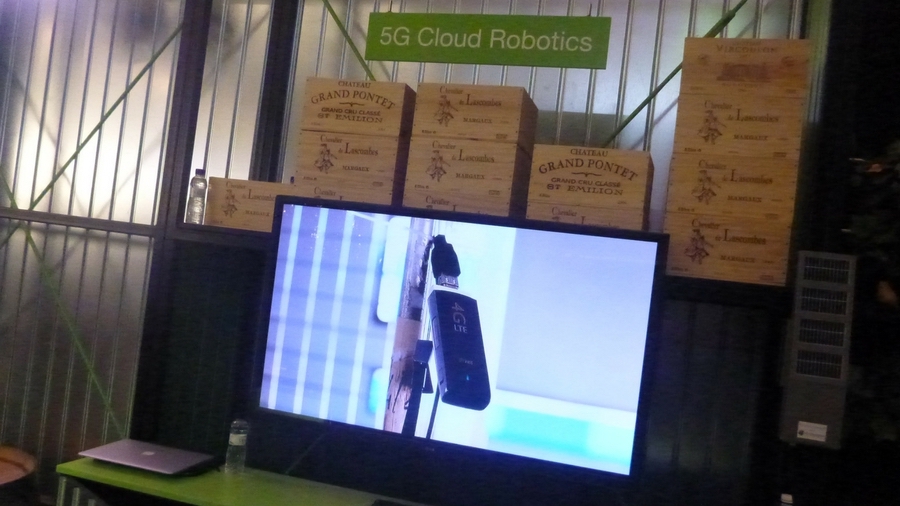All you ever wanted to know about fog computing
The Internet of Things is living on the edge
The benefits of fog computing
“Using edge or fog computing helps reduce both your latency and your costs, and insulates you against any network outage or glitches,” says Postlethwaite. “Edge is about latency, autonomy, data security – such as near-source data anonymisation – local analytics and rules.”
Other advantages of processing at the edge include saving money on data transfers (since most IoT cloud platforms charge by the amount of data they accept). “It results in a reduction of transportation costs that are often associated with the movement of data to a physically-distant cloud-compute resource,” says Eccleston. This is about slashing data's travel expenses.
However, aside from the technical advantages of fog computing, it also taps into the existing desire to process data away from the cloud. “There is a reticence amongst industrial and manufacturing clients to expose their facilities to external communications for security reasons or data privacy reasons,” says Postlethwaite.

Fog gateways and the ‘jagged edge’
Fog gateways are an excellent way of dealing with the different systems and equipment – and often outdated technology – that exists in industry and manufacturing.
“Edge gateways can talk to a myriad of devices and translate between their proprietary protocols and those understood by cloud environments,” says Postlethwaite.
That’s helpful in IoT projects, but there are other problems with handling data away from corporate firewalls. “When it comes to fog computing generated by IoT, the perimeter of data processing is outside the traditional corporate firewall, and can be very jagged,” says Gnau, who thinks that transmitted IoT data needs to be secured, but it also needs to be received correctly, quickly, and in a way it can be audited.
“Keeping track of one-way streams of data is a tall order, but IoT requires bi-directional and point-to-point communication, and optimisation of bandwidth, all within a jagged edge construct,” says Gnau.
Sign up to the TechRadar Pro newsletter to get all the top news, opinion, features and guidance your business needs to succeed!

How will 5G affect the fog?
By processing data at source, one of the major advantages of fog computing is a reduction in latency. That’s something that the advent of 5G networks will theoretically remove altogether. However, that doesn’t mean that fog or edge computing will suffer because 5G will mean the IoT can grow massively.
“5G will enable a greater connectivity of ‘things’ to the internet, which in turn creates more applications and data that requires compute and analytics,” says Eccleston. She thinks that businesses are under pressure to quickly scale and extract the true value from all the data collected by IoT devices, and that fog computing is a valuable tool. “Fog computing meets the real-time needs of many IoT-based applications and ensures the capabilities and benefits made possible by 5G are realised,” she says.
However, 5G will come at a high financial cost, and aside from latency-critical uses such as cloud robotics, will not bring discernible advantages to most IoT projects. “For use-cases with large bandwidth requirements, 5G will make a key difference,” says Postlethwaite. “But for many IoT scenarios, existing communication technology combined with a good edge strategy will go a long way.”
Jamie is a freelance tech, travel and space journalist based in the UK. He’s been writing regularly for Techradar since it was launched in 2008 and also writes regularly for Forbes, The Telegraph, the South China Morning Post, Sky & Telescope and the Sky At Night magazine as well as other Future titles T3, Digital Camera World, All About Space and Space.com. He also edits two of his own websites, TravGear.com and WhenIsTheNextEclipse.com that reflect his obsession with travel gear and solar eclipse travel. He is the author of A Stargazing Program For Beginners (Springer, 2015),
